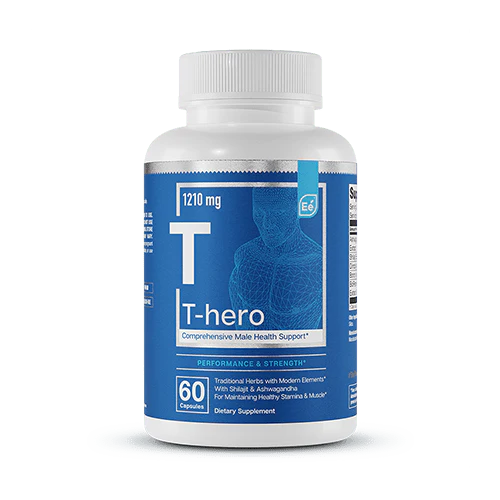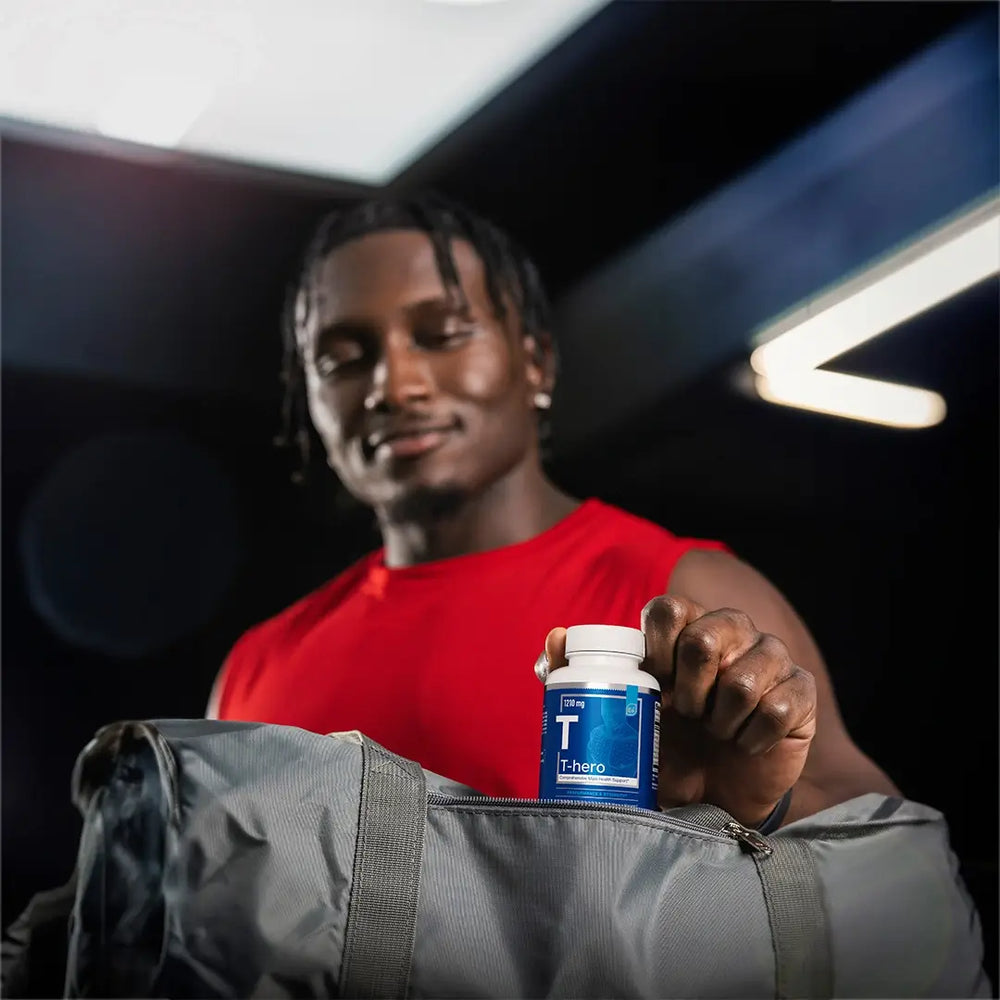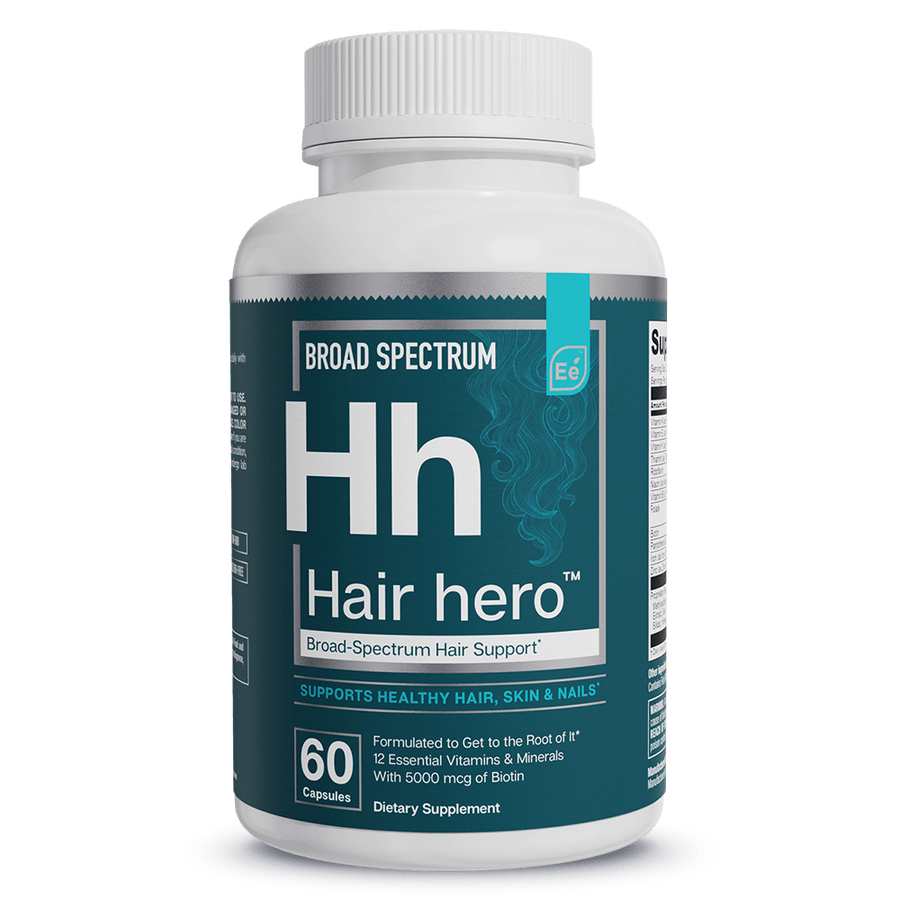A Beginner's Guide to Surfing
There you are, surfboard in hand, the beach calling your name, waves lapping at the shore. You're primed and ready, filled with a burst of enthusiasm and energy, hoping to catch a killer wave and make waves in surf history…
But wait, you’ve never surfed before. Now what?
Many newbie surfers find out very quickly that this sport, which looks so fun and carefree, is actually really intense and can be difficult if you’re not sure what you are doing. Before you can ride the peak, pull in, or pop up, there are a few things you’ve got to know. We suggest you get an experienced surfer to show you the ropes, but here are some basics to get you started.
History of Surfing
Surfing began in the Polynesian Islands with a history filled with cultural significance. There are spiritual and societal connections to the sport, deeply intertwined with the belief systems of the indigenous people who inhabit these islands.
In the early 1900s, an Olympic swimmer named Duke Kahanamoku brought surfing to the beaches of California, Australia, and beyond. He helped to popularize surfing and taught many people how it was done. He became a legend and even a movie star and is known as the father of modern surfing.
Since then, a lot has changed. Advances in the construction of surfboards, such as new lightweight materials and the addition of fins, and even jet skis, have progressed the sport and opened surfers up to new possibilities. Surfing has evolved into a competitive pro-level sport with a whole industry behind it, offering special gear, clothing, training equipment, how-to surf courses, and a subculture that attracts people from all walks of life.
What to Know Before You Start
Surfing Is Physically and Mentally Demanding
To the untrained eye, surfing might seem like a pastime that looks passive and somewhat effortless. The waves are doing all the work, right? Wrong! Surfing is incredibly challenging, and learning to catch waves can be a brutal process if you don’t know the basics.
Just getting out past the shore break can be challenging, and yes, you’ve got the surfboard to help you float, but it can take nearly constant maneuvering to get to where you are trying to go. Paddling takes a lot of core strength and can quickly tire your arms if you aren’t used to it. When you are just beginning, you may need to take breaks so you don’t get too tired and can stay safe in the water.
Surfing can be mentally demanding as well, especially when you are just starting out. If you find yourself getting uptight or in a negative mood from not “getting it” right away, just remember that learning to chill out can be an important surf lesson too. Remember, even pros have bad days!
The Ocean Is Complex
If you aren’t a strong swimmer or can’t tread water for very long, start improving those skills and increasing your endurance before taking a board out into the water. The momentum of waves makes it difficult to maneuver, and when the waves are really pumping, it can get dangerous for inexperienced surfers/swimmers.
You also need to learn how to keep up with the daily ocean conditions to inform you of the safest days to head out on your board. Of course, not all circumstances can be predicted, but you should learn the potential dangers so you can keep watch out for rip currents, lateral currents, shark warnings, and anything threatening that could be on the horizon. Another skill that will help you get the most from your surfing experience is learning to read a surf report which will help you find the safest surfing conditions and the best waves.

You Will Wipe Out
This one is a given. Embrace it. It’s like when a baby is learning to walk, and you know they’re sure to fall sometimes; it just comes with the territory. Use each wipeout as a learning experience and let it fuel your improvement. Even well-seasoned surfers have major wipeouts. Don’t let it get you down.
Surfing Burns A LOT of Calories
This could be a good thing, depending on your health goals, but make sure you have the extra energy to burn. Structure your diet so that you don’t deplete your energy stores. Make sure you are getting enough protein, healthy fats, and complex carbs to stay fueled for the day ahead. Eating a bigger meal at breakfast and then packing smaller protein-based snacks along with you to the beach will help you keep up your stamina. Don’t forget to make sure you also have plenty of water.
It’s so important to stay hydrated while out in the ocean, as you may not realize you are sweating, and other signs of everyday dehydration might not be as obvious. Salt water can pull moisture out of your body and so you may need added electrolytes to make up for it. Essential elements® Hydration packets are easy to pack along with you to the beach, taste great, have zero sugar, and added apple cider vinegar for even more benefits.
Always Respect the Ocean and Fellow Surfers
As the ocean is something we all have to share, enter the surfing realm with respect for other surfers and, of course, for the ocean itself. Respect for others and the sea is the best way to ensure you don’t ruin everyone else’s surf experience. You don’t want to be known as the Barney who gets in the way of everyone, even if it is unintentional. Inexperienced surfers can be a hazard to other people in the water and themselves. If you can’t control your board, it could easily injure an innocent bystander or yourself. Also, respecting local surf customs will keep other surfers from getting frustrated by you as you improve your surfing skills.

Surf Etiquette
Surf etiquette will vary from beach to beach, so be sure to chat with other surfers or get to know the ins and outs from someone at a local board shop. Taking a lesson or two will also pay off. They can teach you the basics to get you going and teach you what not to do.
Here are a few general tips for proper surf etiquette:
Find an Area for Beginners
Some beaches will have areas where it is more appropriate for beginner surfers to learn. This will not only keep you out of the way of more experienced surfers, but it will also be safer for you and give you a chance to develop your abilities. You may even meet fellow beginner surfers who might have some tips for you that they have learned along the way.
Wait in Line
Depending on any rules of the particular beach you are surfing at, surfers may take turns catching waves. Wait patiently in the line up until it’s your turn. If you miss your wave or can’t pop up, go to the back of the line and wait your turn again. Take your cues from other surfers around you.
The Closest to the Peak Owns the Wave
If there are several surfers trying to catch the same wave, whoever is the closest to the peak has the right to catch that wave. Not paying attention to other surfers can cause conflict as it is a sign of disrespect.
Avoid Dropping in on Someone Else
If someone else has rights to the wave and you go for it anyway, it’s called dropping in. Don’t drop in on another surfer! This is not cool, and it can also be dangerous if the other surfer doesn’t see you. If you realize you’ve dropped in on someone, fall back and let them take the wave.
Don’t Be a Snake
Snaking a wave is a low move and should be avoided. This happens when someone paddles around another surfer to be closer to the peak of the wave so they can claim it as their own. Just don’t!

Hold Onto Your Board
It can be easy to lose your bearings in the water when you wipe out, and if you are not used to the ways of the ocean, it can be disorienting. Doing everything you can to hold onto your board will make it safer for you and other surfers.
Apologize
If you realize you messed up, took someone’s wave, or got in their way, apologize. Having courtesy on the water can help to avoid bad vibes for everyone. Even if you are frustrated, have the decency and humility to admit you were wrong and try to make it right the next time.
Surf Equipment You Need
Surf Board
This is obviously the most important equipment you will need. Most surf teachers and coaches recommend that beginners start with a foam board. This gives you the most floatation to work with. You will need to find the right size for you, but typically you want a board at least 7 feet long. Asking someone at a rental place or board shop to help you find the right board is the best way to get the best board for you.
Rash Guards
This is simply a special lightweight shirt to shield your skin from chafing when you are belly to board. When paddling or even just floating, your skin can get irritated from repeatedly rubbing against the board. As an added plus, they also shield you from sunburns!
A wetsuit can function as a rash guard, but a rash guard won’t function as a wetsuit. Wetsuits are designed to keep you warm, whereas the rash guard is made from a much lighter material. There are different kinds of wetsuits to get depending on the temperature of the water you are surfing in, so if you are in a colder climate, find out what would work best for you. Some experienced surfers choose to go without a rash guard entirely, but when you are just starting out, you may regret not having one.

Wax
Wax is going to help your feet grip the board, which will help you with control. There are different types depending on the climate you are in, as well as different kinds for the base coat, top coat, etc. Some people assume that you don’t need to wax a foam board because they are already textured, but they can still get slippery when wet. Talk to someone where you rent or buy your board and see what they recommend (they may even be able to wax the board for you). Waxing your board doesn’t take long, but there are a few things to know before you get started.
You will need the kind of wax that is compatible with the temperatures you will be surfing in. Basically, a softer wax will be better for colder temps and a harder wax for warmer temps. Get a good base coat wax along with a top coat wax, as they are a little different and can be layered to get the right amount of texture and stickiness. Some surfers re-wax after every sesh, but that isn’t necessary. This will depend on how often you are surfing, but the wax will need to be stripped off and replaced every few months or so.
To re-wax your board, you will first need to remove the old wax. You don’t need a lot of tools to do this, but you will need a wax comb/scraper and possibly a liquid wax remover. Some people use a hair dryer or heating lamp to warm the wax, so it is easier to remove, but if you live somewhere warm, you can also do it on a sunny day outside.
Once all the old wax and residue are off, or if you are starting with a new board, apply the base coat, which is usually a harder wax that will create little bumps on the surface. A good technique to follow for this is to do a crosshatch pattern, streaking the wax across the board at a diagonal and then going back over it in the opposite direction. For the top coat, a circular motion is used to layer the wax over the base coat, creating a nice grippy, kind of sticky surface.
Surfing Basics
It is best to learn the basics of surfing by taking a class or course from a professional surf coach or from a well-seasoned surfer that has a lot of experience. It could be challenging to self-teach some of the fundamentals, and starting on the right path will save you from having to relearn these important skills later on.

Learn to Paddle
This may seem like it will be so easy you won’t need to bother to learn, but learning to paddle is essential step #1 of surfing. Because you are often paddling in the opposite direction the waves are moving, it takes a lot of effort if you don’t have the right strategy. You can easily wear yourself out by paddling too hard and end up with noodle arms that won’t take you much of anywhere. The positioning of the elbow and angle at which your hands enter the water are more important than how far you are reaching.
Being positioned right on the board is the first step. Too far forward and your board's nose will be pointed down into the water, and laying too far back will send it higher in the air and cause extra drag, making it harder to move forward. Arch your upper back up slightly while paddling while making sure your feet are on the board, not dragging in the water.
Where to Put Your Feet on the Board
Finding the sweet spot on your board can take practice and is essential to a good surfing experience. Too far forward or back and you won’t be able to balance, and if your feet aren’t down the centerline (the stringer) you will tip in either direction. Generally, you want to be in the center lengthwise and widthwise on the board, maybe slightly toward the back end on larger boards. Have some bend in your knees to keep your center of gravity low and distribute your weight evenly between the back foot and the front.
Learn to Duck Dive
Duck diving is a technique that helps surfers (and bodyboarders) get past big waves without being washed back toward the shore or getting hit in the face with a powerful wave. The goal is to hold onto your board and tip it down into the water so that you can go under the wave. This might be harder with bigger boards, but with practice, it will be an essential skill to have when you’re out there in choppy water. You can practice this in a swimming pool if you have access to one to get used to the feel of it.
Learn the Turtle Roll
This one might be easier if you are using a larger board. Rolling over sideways, so you are under your board right before the wave hits is another technique that will get you past those bigger waves. The turtle roll can seem daunting because you are going underwater upside down, but once you figure it out, it will help you avoid having the waves send you back toward the shore.
Practice Popping Up
This can be a huge challenge for beginners. Learning to stand on the board while it's moving in the water can be frustrating, but before you can shred, you need to be able to stand up and stay there, which can be a lot trickier than it looks. Going from laying on your belly to a standing position in a few seconds while the board is moving on unpredictable water takes some practice. Watch videos and other surfers to get an idea of what this looks like so you don’t give up before even getting started. You can practice this on the beach with your board on the sand to get it right before trying it in the water.

Learn Proper Pumping Technique to Generate Speed
This is a more advanced technique, but good to be aware of. Pumping is using your body to increase speed and reposition where you end up on the wave. It’s similar to how skateboarders move along flat areas without pushing or when snowboarders carve. By contracting your body and aiming your weight where you want to go, you can get going faster and move up and down the whole face of the wave. This will give you more control over where you end up and can often result in a longer ride if you can stay in the right zone of the wave. If you watch experienced surfers closely, you will see how they are able to direct their boards with the movements of their bodies.
Start With Small Waves
You don’t just jump in the deep end of the pool without learning to swim first. Try to get the basics down in smaller waves before moving on to where they are really heavy. This will allow you the opportunity to fine-tune your technique with less chance of getting hurt (or hurting someone else.) Small victories on the ankle slappers will keep the feelings of defeat at bay, and you will be more motivated to keep learning.
Always Warm-Up
Although surfing may just look like fun in the sun, it is an incredibly demanding sport. As with all sports, it is good to stretch and warm up your body before getting started. A good pre-surf warm-up routine will help prepare your muscles and body and will get you pumped for the day ahead.
The Essential Element
If you are ready to hit the waves but need a little more guidance, check out local surf coaches in your area to get started. Most of all, make sure you are staying safe in your surf adventures, and don’t give up if you don’t get it right away. Enhance your surf experience with Essential elements® products made for athletic types just like you. Get Hy and Stay Hy with Essential elements® Hydration and pump up your workout with our Organic Protein.
As fun as surfing is, you need to take it seriously to stay safe. The ocean is unpredictable, and you’ve got to have respect for the power and potential dangers it brings. Surfing is one of those sports that can get you hooked and change your entire life. It’s not easy, but it’s worth it. That feeling of complete freedom and triumph when you catch the perfect wave is an experience like no other. Reaching that moment takes a lot of preparation and dedication, but we’re here to help you build your endurance and skill so you can achieve your ultimate goals, whatever they may be.








